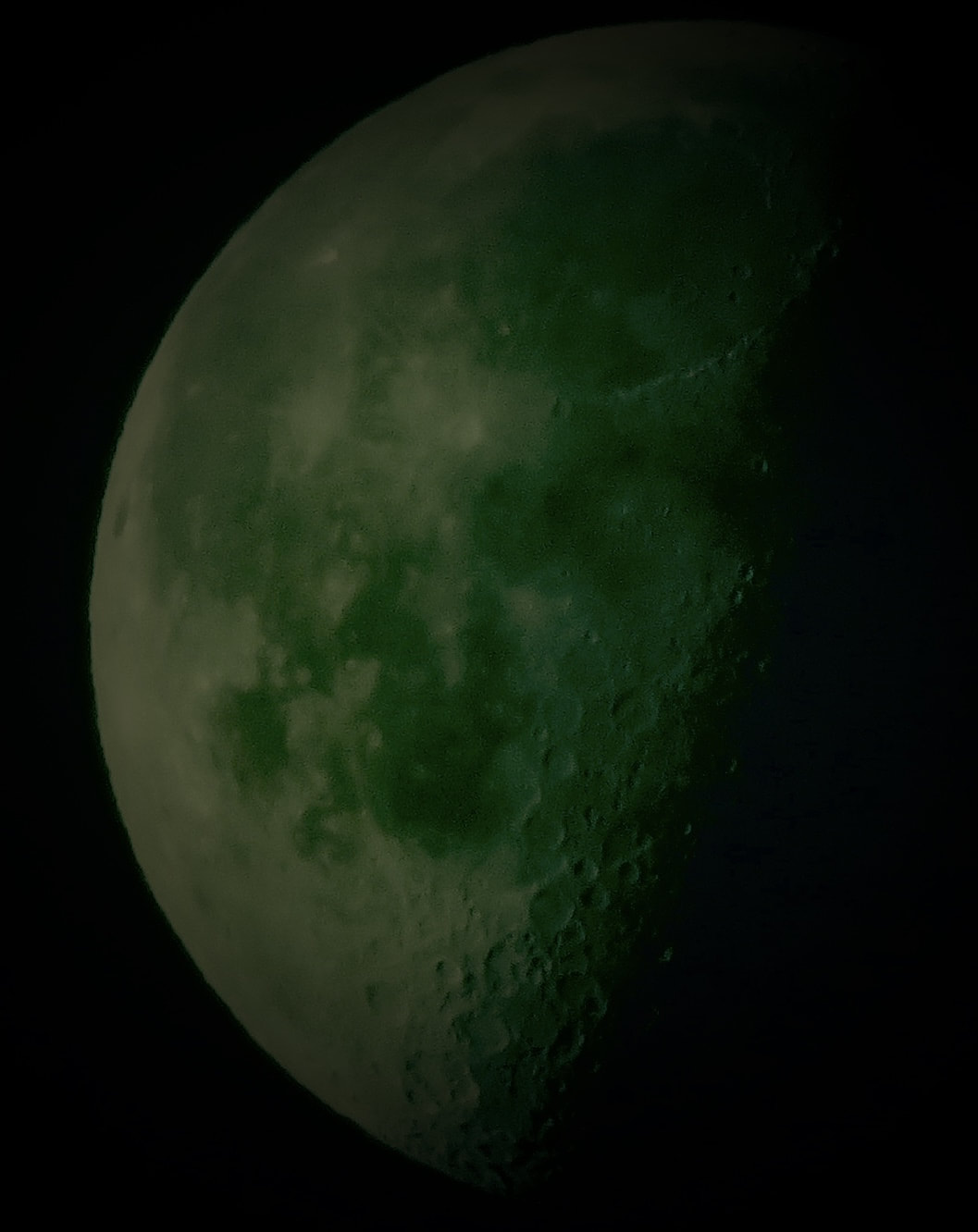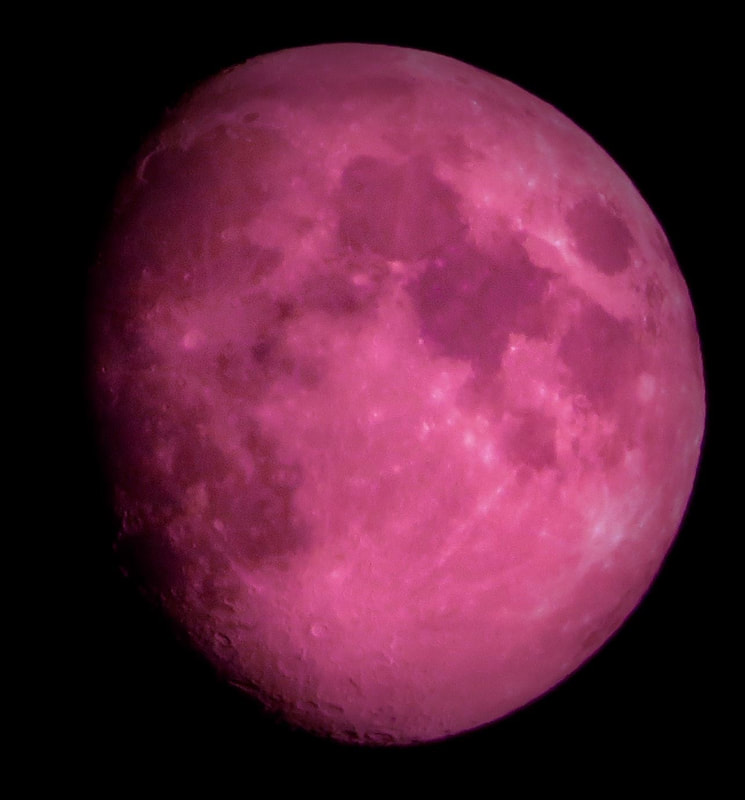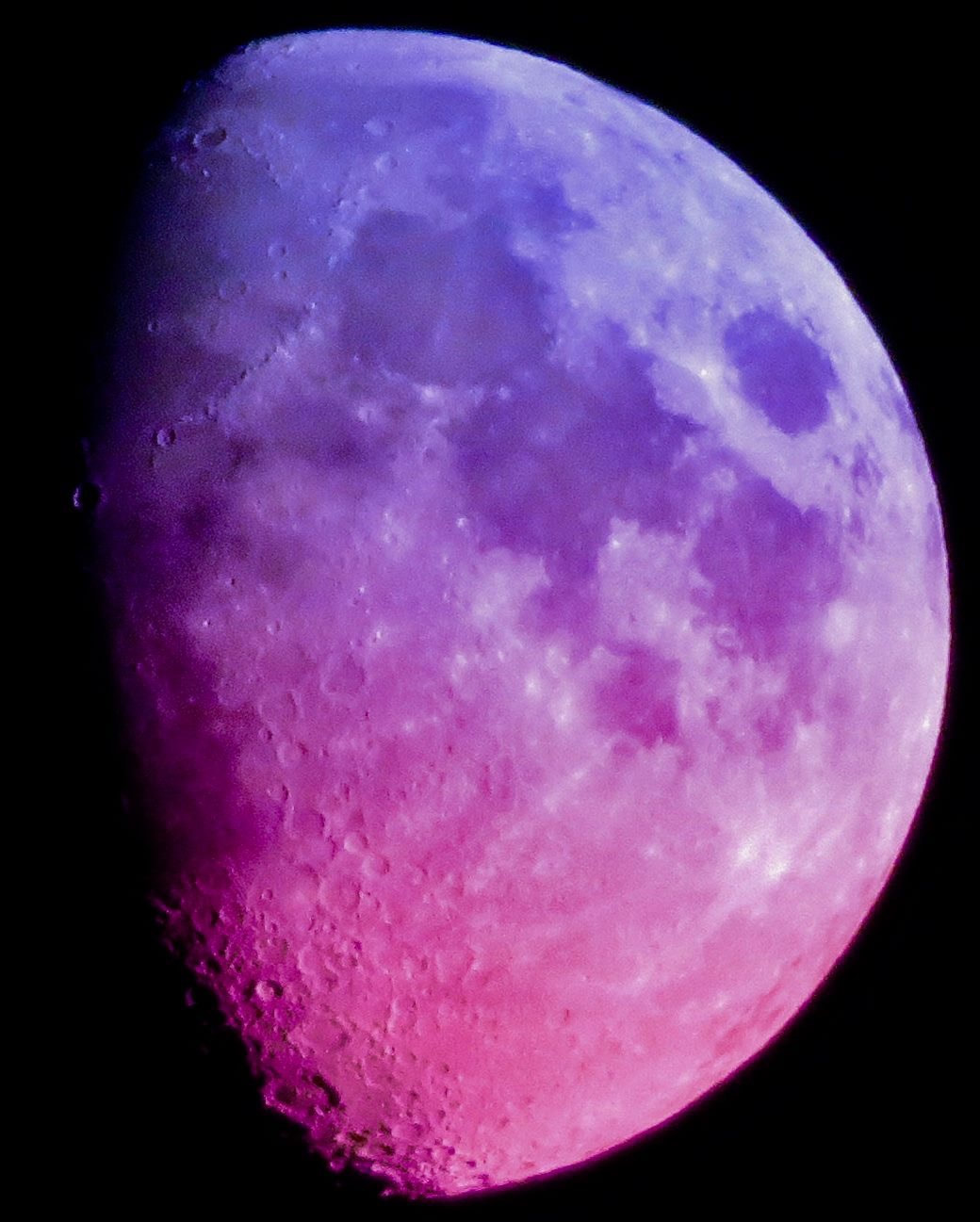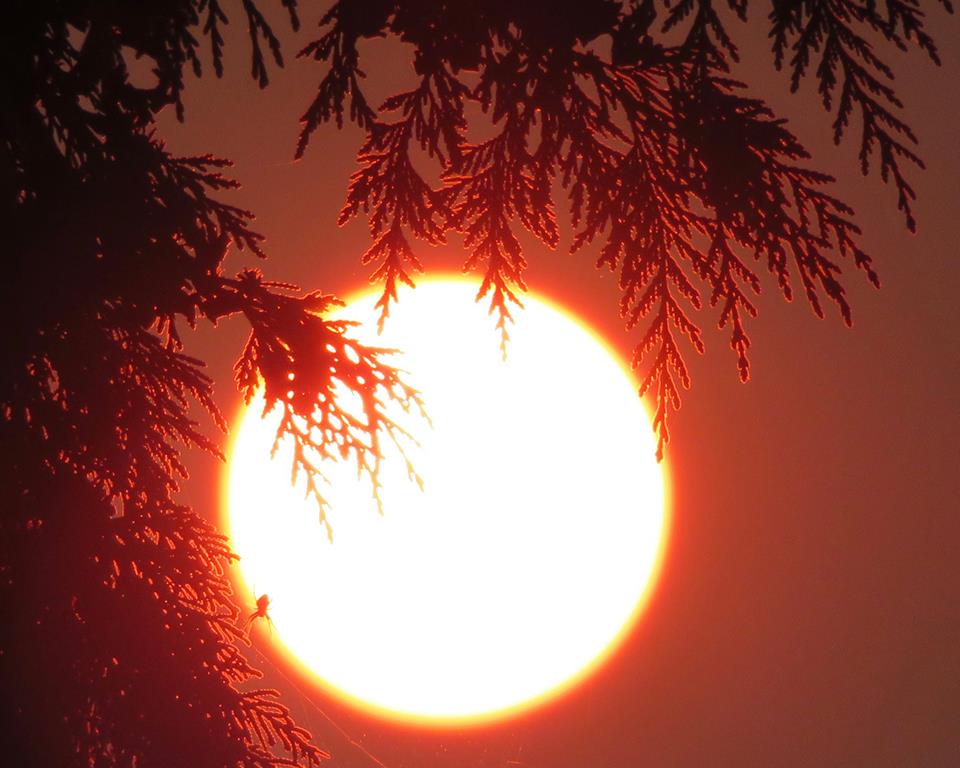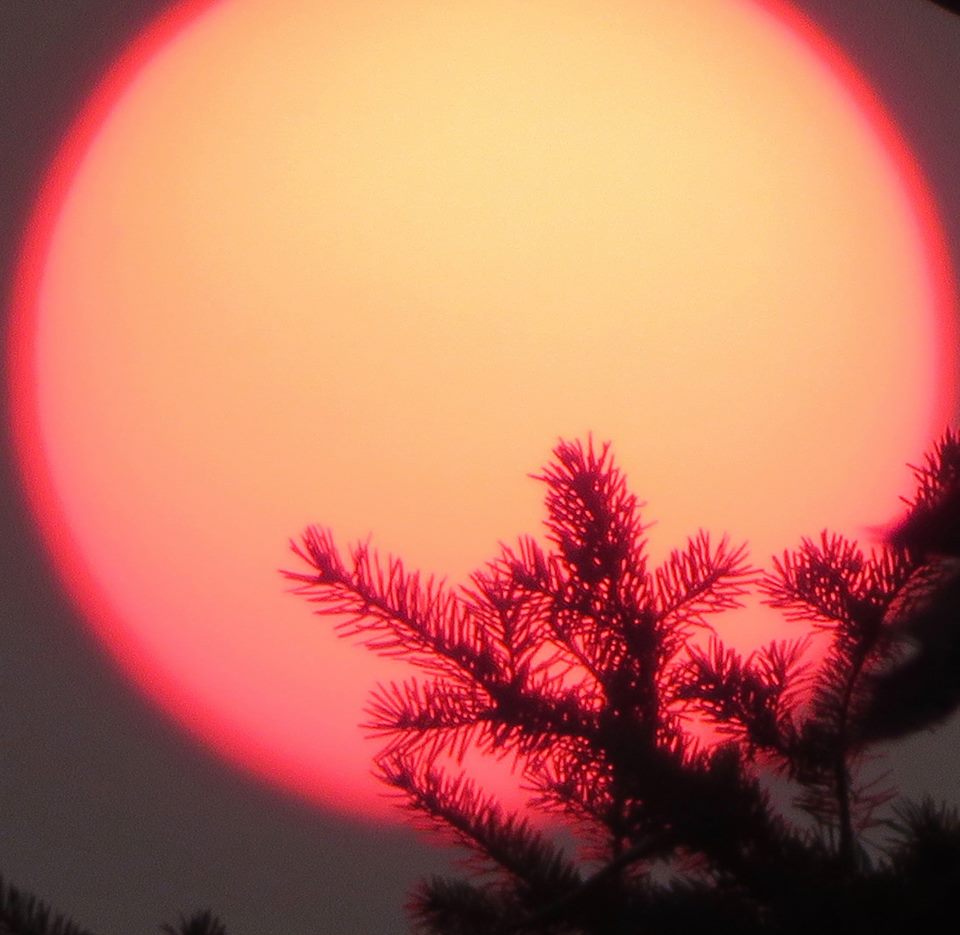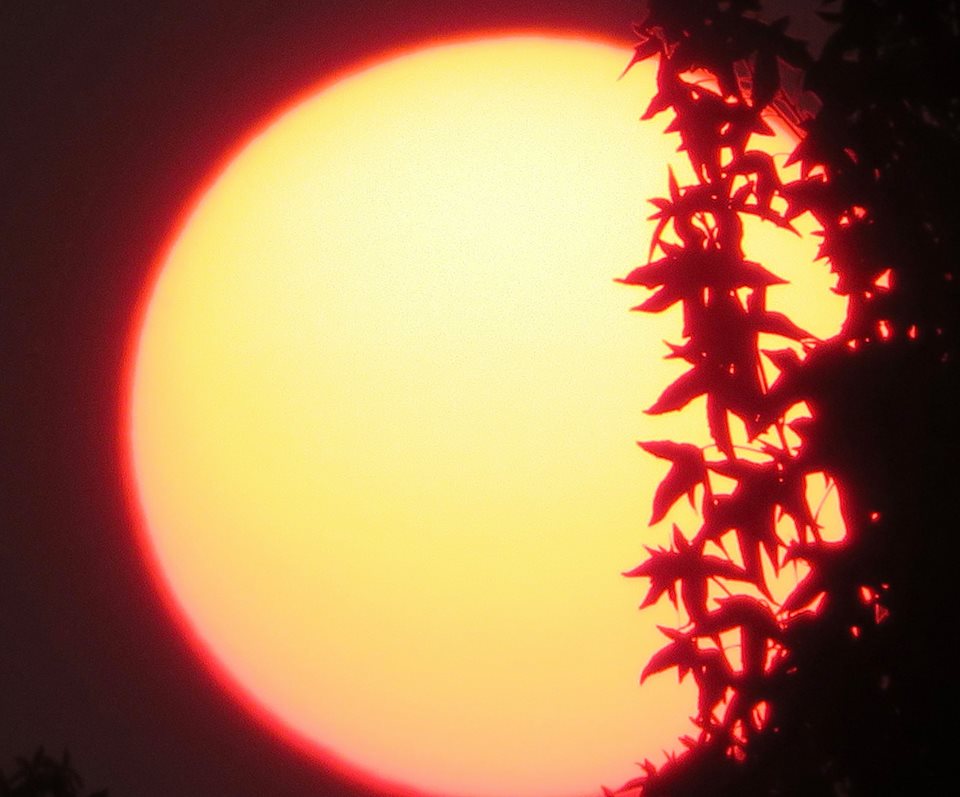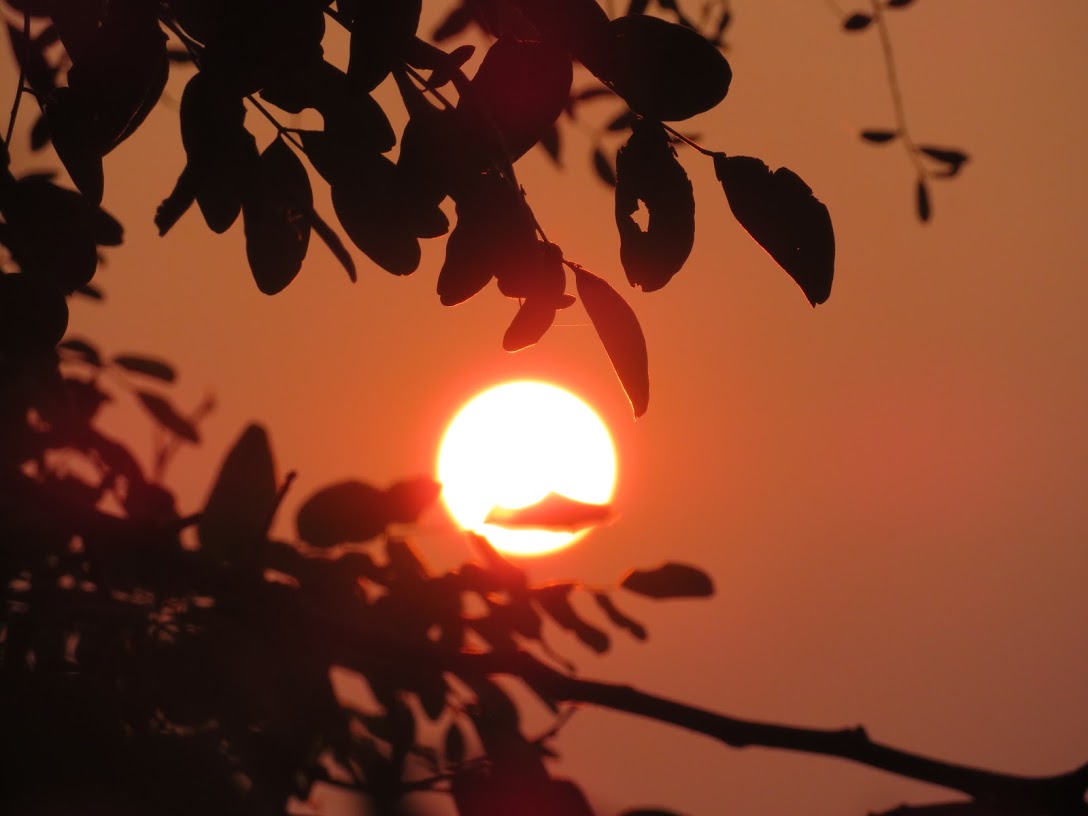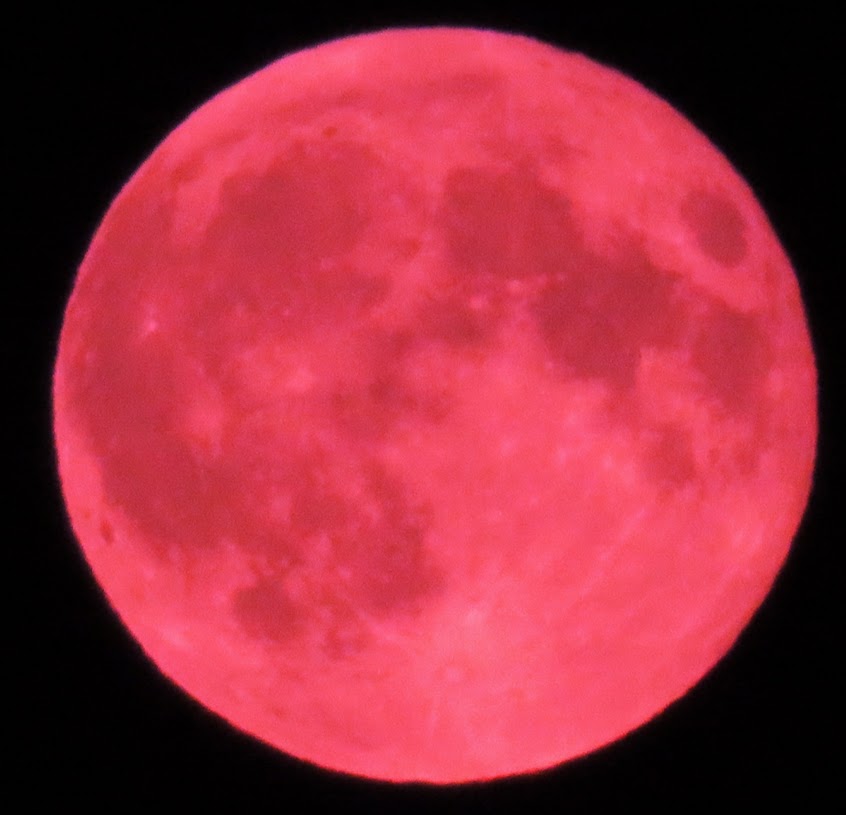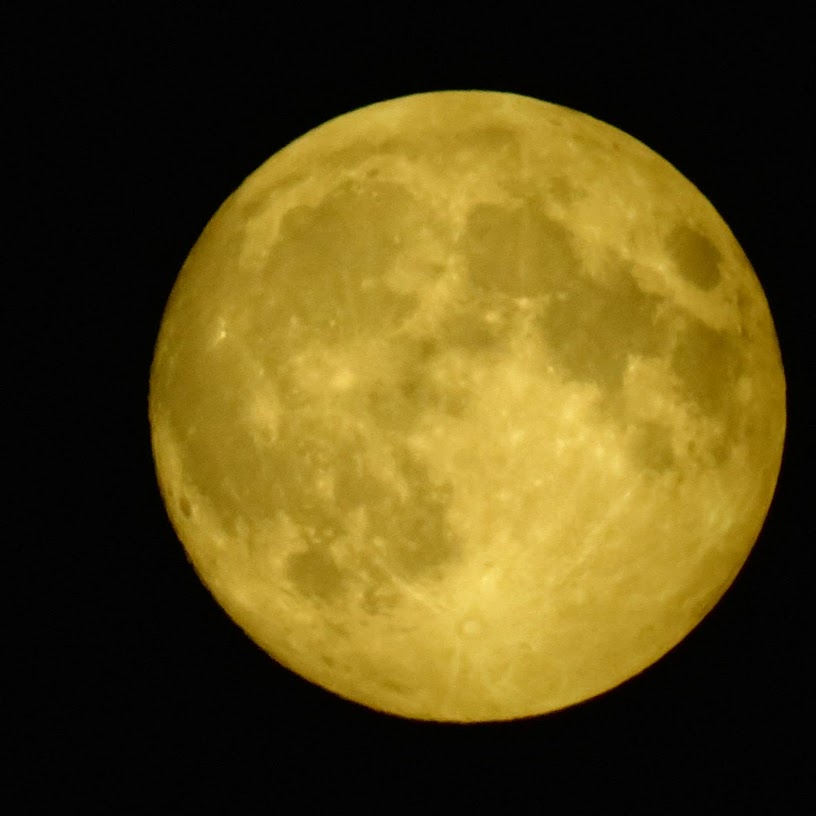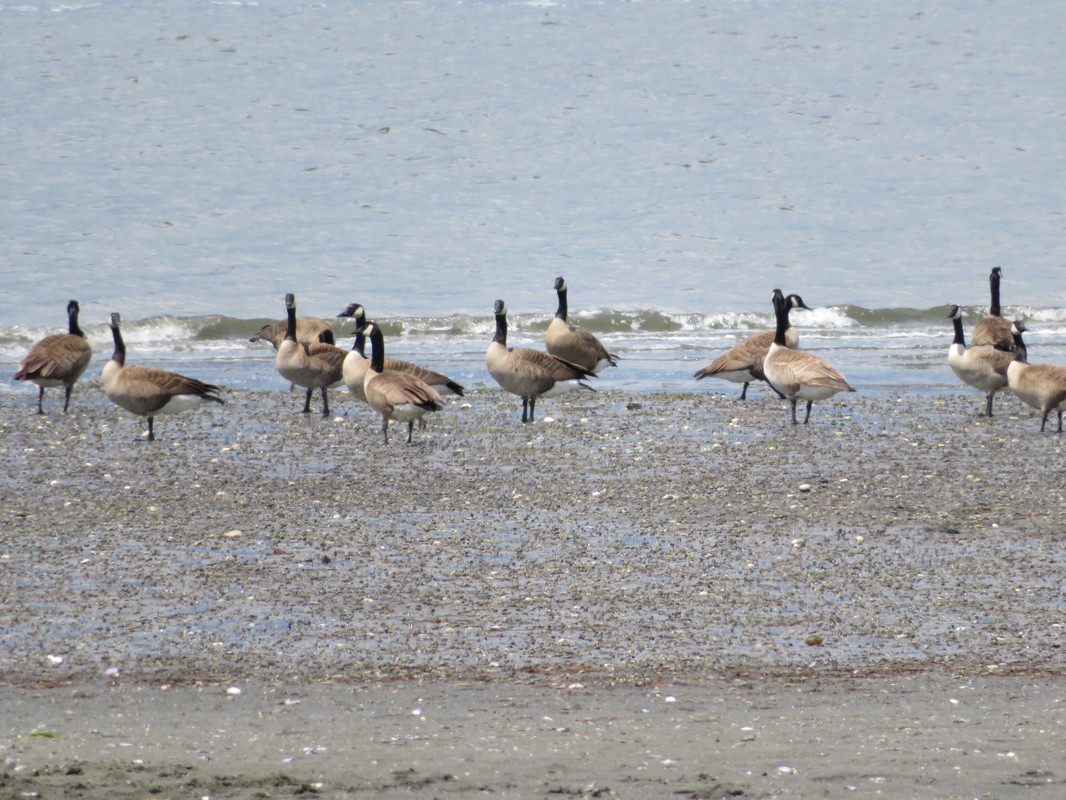
Vedic astrology. Rahu kala or the time of day under the influence of Rahu is considered inauspicious. In Hindu thinking Rahu is the mighty child of Maya or the illusory power of nature attached to its...
mayavi. In esoteric astrology, it relates to the
Seventh Ray representing a force displaying all the possibilities within the realm of existence. This planet earns a reputation that it is a mastermind manipulator and schemer. Rahu is the Lord of three nakshatras or lunar mansions being Ardra, Svati and Shatabhisha.
ASURAS: Rahu’s story has its origin in Asuras. They were originally gods but over time they were driven to become demons. This transformation was a change in character and did not entail a loss
of power. This unusual feature is reflected in Hindu mythology depicting that gods and demons of equal strength. They fight for domination of the three lokhas as the gods were not always able to keep control of the heavens. Some demons acquired great powers
and force concessions out of the greater gods, particularly Brahma as a result of austerities they performed. Brahma was generous with his boon but yet again the gods usually outwitted them by trickery or by their own austerities. Generally demons were enemies of the Gods.
Asuras were able to assume any form they wish; possessing special powers, they
could move their abodes whenever or wherever they wished. Different classes of
asuras can be distinguished. The Daityas and Danavas, children of the sage
Kasyapa by Diti and Danu, are ocean demons. They were confined to the underwater
realm of Patala by Indra. He also set Varuna to watch over them.
RAHU, in half part, was earlier known as Savarbhanu. He acquired special
charachteristics as a result of churning the ocean milk. When Mohini was passing
down the line of devas and giving them amrita, one of the Daitya with four arms
and a tail, had slipped between Surya and Chandra to receive the amrita by
trickery. Surya and Chandra discovered the fraud and summon Lord Vishnu. He cuts
the asura in two with his discuss. Being recipient of the amrita the cut parts
survive.
The head became Rahu and trunk became Kethu. They took their
place in the stellar sphere as ascending and descending nodes. But as vengeance
would have it, Rahu never forgot his hatred for the sun and moon. With leave
granted that on certain occasions Rahu should approach these gods and render
them unclean, so that their bodies at these times become thin and black. With
his mouth agape, he pursues them as a celestial serpent, in turn through the sky
and sometimes catches up to swallow them, thus causing eclipse.
DEPICTION: Rahu is said to be the son of Vrihaspati and Sinhika, He is
represented by a dragon’s cut-off head, travels in a chariot with eight black
horses eternally yoked to it. He is often depicted as a serpent in sculptures
and art. The remaining half, Ketu is depicted like a serpent’s tail. However,
Rahu may also be shown riding a black lion or as seated on a Simhasana or
throne. He may have two hands, the right hand carrying a woolen blanket and a
book, the left hand being shown empty. If four hands are shown, they can carry
sword, shield and lance, the fourth one being in Varadamudra.
NAVAGRAHA AND ASTROLOGY: The Navagrahas or the nine planets are regarded by the Hindus as
of the greatest astrological significance and are believed to influence the life
of the individual as also the course of history. As per traditional list, the
nine planets are Ravi or Surya -Sun, Soma or Chandra -Moon, Mangala, Kuja or
Angaraka -Mars, Budha -Mercury, Brhaspati or Guru -Jupiter, Sukra -Venus, Sani
-Saturn, Rahu and Kethu. The seven days of the week have derived their names
from the first seven planets. Rahu and Kethu are not planets but ascending and
descending nodes of the moon. Sometimes Ketu is depicted as the personification
of comets and meteors. Sani, Rahu and Ketu are considered inauspicious, even
positively maleficent. They are propitiated to keep children’s diseases
away.
In Vedic astrology Rahu is seen as an asura or demon who does his
best to plunge any area of life he controls into chaos, mystery and cruelty. He
is associated with the world of material manifestation and worldy desire; and
random, uncontrolled growth without wisdom or understanding. Rahu is a karaka or
indicator of worldly fame, greed, high intelligence, manipulation, obsessive
behaviour, foreigners, mass disease, dementia and inertia. However, if used the
right way, Rahu can be instrumental in strengthening a person's power and
converting even the strongest enemy into a friend. Rahu is also linked to
deception, insincere and immoral acts. He can also signify irreligiousness,
fallacy, falsehools and uncleanliness. At the same time venerating Rahu may
strengthen one’s power to win over enemies. In the science of astrology Rahu
and ketu are the two intersection points of paths of Earth and Moons travel.
MAHABARATHA: The Pandavas in exile were in distress on account of their
misfortunes. The story of Jalandhara’s birth and life was narrated by the sage
Narada to encourage them. He reminds them that adversity and prosperity come to
all. The valiant Jalahandra, the son of Ocean and river Ganges on one occasion
conquered Vishnu. But he was himself slain by Shiva. Rahu, whose head was
severed from his body by Vishnu during Samudra Manthan, was perennially
swallowing Surya and Chandra. These accounts excites the curiosity of the
Pandava brothers and to their enquiry about Jalahandra, Narada continues the
story. The story goes that Jalahandra learns of Lord Shiva’s attack. Parvathi’s
beauty exhited him to attck Shiva. Rahu was sent to summon Shiva into
submission.
On Rahu’s arrival the court envoy delivered his message to
Siva. The Lord did not speak but the snake Vasuki fell from his lock of hair and
began eating Ganesha’s rat. Seeing this Kartikeya’s peacock made awful noise and
Vasuki left the rat and returned to its original place. Lakshmi entered the
assembly with the Amrita vessel with which Brahma’s fifth head attached on
Shiva’s hand was resuscitated. The head rolling on the ground uttered the most
boastful language, until the myriads of hideous forms from Siva’s locks quiteted
it. The whole spectacle was witnessed by Rahu. Seeing all this Rahu asked Siva
to forsake his wife and children and live a mendicant life. At a sign from
Shiva, Nandi the bull, showed Rahu to the door. This was Rahu’s role. War being
determined, Jalahandra marched to Kailasa.
HANUMAN: It is generally
believed that venerating Lord Hanuman helps to reduce the negative influence of
Rahu and Kethu. The story goes that the demon Ravana once imprisoned the
Navagrahas. They were saved by Lord Hanuman and gets a boon that anyone blessed
by Hanuman are deemed to be blessed by the Navagrahas also. Another legend
speaks of Hanuman, in his childhood, flying towards Surya to swallow him. It was
solar eclipse and Rahu was also about to swallow the sun. It was then that Rahu
sees little Hanuman attempting to swallow. Hanuman gets excited seeing a
bodiless head floating around trying to eat up the sun. Apparently Hanuman
caught Rahu and later released him.
TEMPLE: The Rahu-Naganatha
Temple at Thirunageshwaram, Tamil Nadu is devoted to the planet Rahu, the
ascending node of Moon. Rahu is described as a snake. The idol in this renowned
temple is in the human form with serpent image at the back. The prime idol of
Rahu is seen with his consort. The main deity is Lord Shiva. There is an
attractive Parvathi shrine as well. The legends say that a saint who was
affected by the bad influence of Rahu prayed to Lord Shiva to eradicate the
wrong influence of Rahu at this place. Rahu can create difficulties and
obstructions in life. By worshipping Rahu at this temple, one is said to get the
blessings of Shiva-Shakti to avoid such miseries. The prime offering at this
place is abishekam performed during Rahu’s time or Rahu Kalam. This is usually
milk abishekam during the kalam. One witnesses that during abishekam, milk that
flows over the deity turns blue!
Om Namah Shivaya.
Yogi Ananda Saraswati






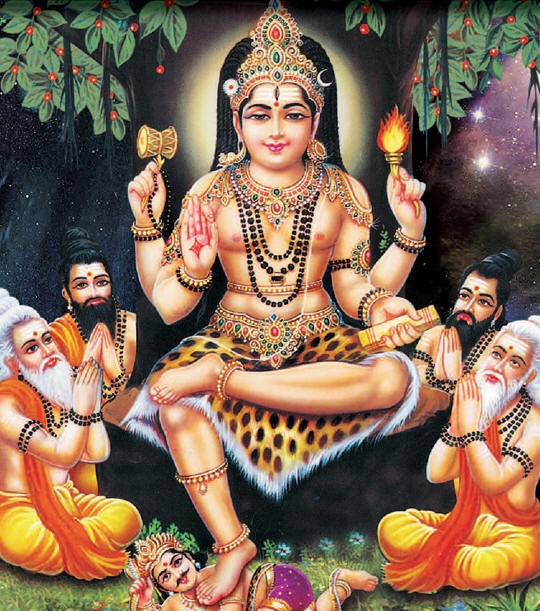



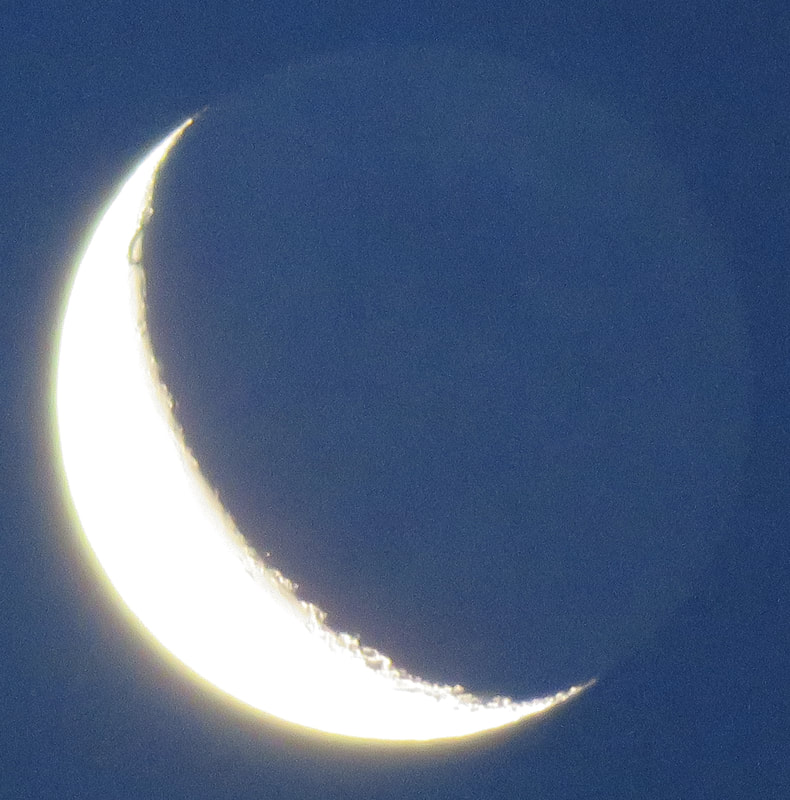











 RSS Feed
RSS Feed































